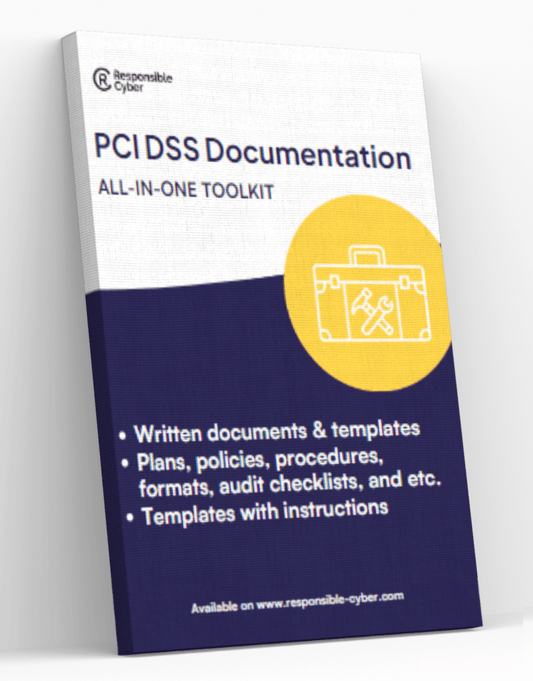GDPR and Beyond: Understanding Global Data Protection Laws

In an era where data is considered the new oil, the importance of data protection has never been more critical. The General Data Protection Regulation (GDPR), which came into effect in May 2018, marked a significant milestone in global data protection. Since then, numerous jurisdictions have followed suit with their own regulations, such as the California Consumer Privacy Act (CCPA) in the United States. This article delves into the impact of these global data protection laws, how they affect businesses, and strategies for ensuring compliance across different jurisdictions.
The Landscape of Global Data Protection Laws
General Data Protection Regulation (GDPR)
The GDPR is a comprehensive data protection regulation that applies to all organizations processing the personal data of EU citizens, regardless of where the organization is based. Key features include:
- Broad Scope: Applies to any organization processing personal data of individuals within the EU.
- Consent and Transparency: Requires explicit consent for data processing and mandates transparency about how data is used.
- Data Subject Rights: Grants individuals rights such as access to their data, the right to be forgotten, and data portability.
- Data Protection Officer (DPO): Requires certain organizations to appoint a DPO to oversee compliance.
- Significant Penalties: Fines for non-compliance can reach up to €20 million or 4% of global annual turnover, whichever is higher.
California Consumer Privacy Act (CCPA)
The CCPA, effective January 2020, is designed to enhance privacy rights and consumer protection for residents of California. Key features include:
- Consumer Rights: Provides California residents with rights to know what personal data is collected, to whom it is sold, and to access, delete, and opt-out of the sale of their data.
- Broad Definition of Personal Data: Covers a wide range of personal information, including data that identifies, relates to, or could reasonably be linked with a particular consumer or household.
- Business Obligations: Requires businesses to disclose data collection practices and comply with consumer requests regarding their data.
- Enforcement and Penalties: Includes provisions for fines and allows consumers to sue for certain data breaches.
Other Emerging Data Protection Regulations
Beyond GDPR and CCPA, several other jurisdictions have implemented or are in the process of implementing their own data protection laws:
- Brazil’s LGPD: The Lei Geral de Proteção de Dados (LGPD) closely mirrors GDPR, focusing on the protection of personal data and imposing strict requirements on data processing.
- Canada’s PIPEDA: The Personal Information Protection and Electronic Documents Act (PIPEDA) sets out ground rules for how businesses must handle personal information in the course of commercial activity.
- Japan’s APPI: The Act on the Protection of Personal Information (APPI) was amended to align more closely with GDPR, enhancing data protection requirements.
Impact on Businesses
Increased Compliance Requirements
Global data protection laws impose stringent requirements on how businesses collect, store, and process personal data. Organizations must ensure they have robust data protection policies and practices in place to comply with these laws. This often involves significant investments in technology, training, and personnel.
Operational Challenges
Compliance with multiple data protection laws can be operationally challenging, especially for multinational organizations. Different jurisdictions may have varying requirements, necessitating tailored approaches to data protection. For instance, while GDPR focuses heavily on obtaining explicit consent, CCPA emphasizes transparency and consumer rights to opt-out.
Risk of Non-Compliance
The penalties for non-compliance with data protection laws can be severe. Beyond financial fines, non-compliance can lead to reputational damage, loss of customer trust, and potential legal actions. Businesses must stay vigilant and proactive in their compliance efforts to mitigate these risks.
Competitive Advantage
Conversely, demonstrating strong data protection practices can serve as a competitive advantage. Consumers are increasingly concerned about their privacy, and companies that prioritize data protection can build trust and differentiate themselves in the market.
Strategies for Ensuring Compliance
Comprehensive Data Mapping
Understanding what data is collected, where it is stored, and how it is processed is fundamental to compliance. Conduct comprehensive data mapping exercises to document data flows within your organization. This will help identify areas where data protection measures need to be strengthened.
Appoint a Data Protection Officer (DPO)
For organizations subject to GDPR and other similar regulations, appointing a DPO is crucial. The DPO is responsible for overseeing data protection strategies and ensuring compliance with relevant laws. Even if not legally required, having a dedicated data protection officer can be beneficial.
Implement Robust Data Protection Policies
Develop and implement comprehensive data protection policies that align with global regulations. These should cover data collection, processing, storage, and deletion practices. Regularly review and update these policies to reflect changes in regulations and business practices.
Employee Training and Awareness
Employees play a critical role in data protection. Conduct regular training sessions to educate staff about data protection laws, company policies, and best practices. Ensure that employees understand their responsibilities and the importance of safeguarding personal data.
Use of Technology
Leverage technology to enhance data protection efforts. This includes:
- Data Encryption: Encrypt personal data both at rest and in transit to protect it from unauthorized access.
- Access Controls: Implement strict access controls to ensure that only authorized personnel can access sensitive data.
- Data Anonymization: Where possible, anonymize data to reduce the risk of exposure.
- Monitoring and Auditing: Use monitoring tools to detect and respond to potential data breaches. Conduct regular audits to ensure compliance with data protection policies.
Consumer Rights Management
Establish processes to manage and respond to consumer requests regarding their data. This includes providing mechanisms for individuals to access, delete, or correct their data and to opt-out of data processing or sale where applicable.
Vendor Management
Many data breaches occur through third-party vendors. Ensure that vendors comply with data protection laws by conducting thorough due diligence and including data protection clauses in contracts. Regularly review vendor compliance and security practices.
Incident Response Plan
Develop a robust incident response plan to quickly and effectively respond to data breaches. The plan should include steps for containment, investigation, notification, and remediation. Regularly test and update the plan to ensure it remains effective.
Navigating Jurisdictional Differences
Harmonizing Practices
While each jurisdiction may have unique requirements, there are common principles that can guide your data protection efforts. Focus on core elements such as obtaining consent, ensuring data accuracy, providing transparency, and safeguarding data integrity and confidentiality.
Local Expertise
Engage with local legal and compliance experts to understand the specific requirements of each jurisdiction. This can help tailor your data protection strategies to meet local laws and avoid potential pitfalls.
Global Framework
Consider adopting a global data protection framework that sets a high standard for data protection across all operations. This can streamline compliance efforts and demonstrate a commitment to protecting personal data, regardless of location.
Conclusion
The landscape of global data protection laws is complex and continually evolving. Regulations like GDPR and CCPA have set high standards for data protection, and more jurisdictions are following suit with their own laws. For businesses, this means navigating a web of requirements and ensuring compliance across different regions.
By developing a comprehensive understanding of these laws and implementing robust data protection strategies, organizations can mitigate risks, enhance consumer trust, and maintain compliance. From data mapping and employee training to leveraging technology and managing vendor relationships, a multi-faceted approach is essential for effective data protection.
As the digital landscape continues to evolve, staying informed about changes in data protection regulations and continuously improving your data protection practices will be key to sustaining compliance and protecting your organization’s most valuable asset: data.
Check out other related articles:
- The Importance of Cybersecurity Laws and Third-Party Risk Management
- Developing a Comprehensive Third-Party Risk Management Program: A Legal Compliance Guide
- The Future of Third-Party Risk Management and Legal Compliance: Emerging Trends and Technologies
- Navigating U.S. Federal Regulations in Third-Party Risk Management







